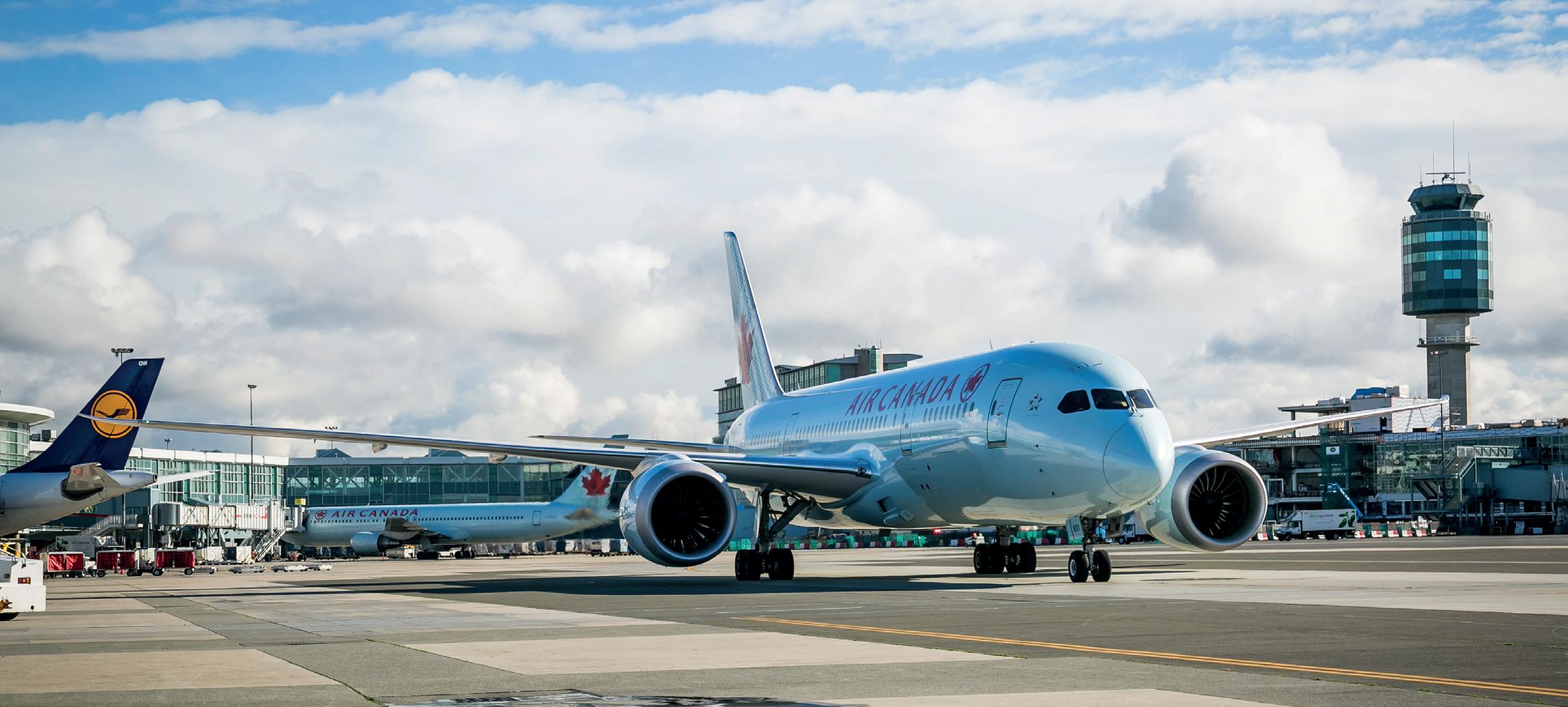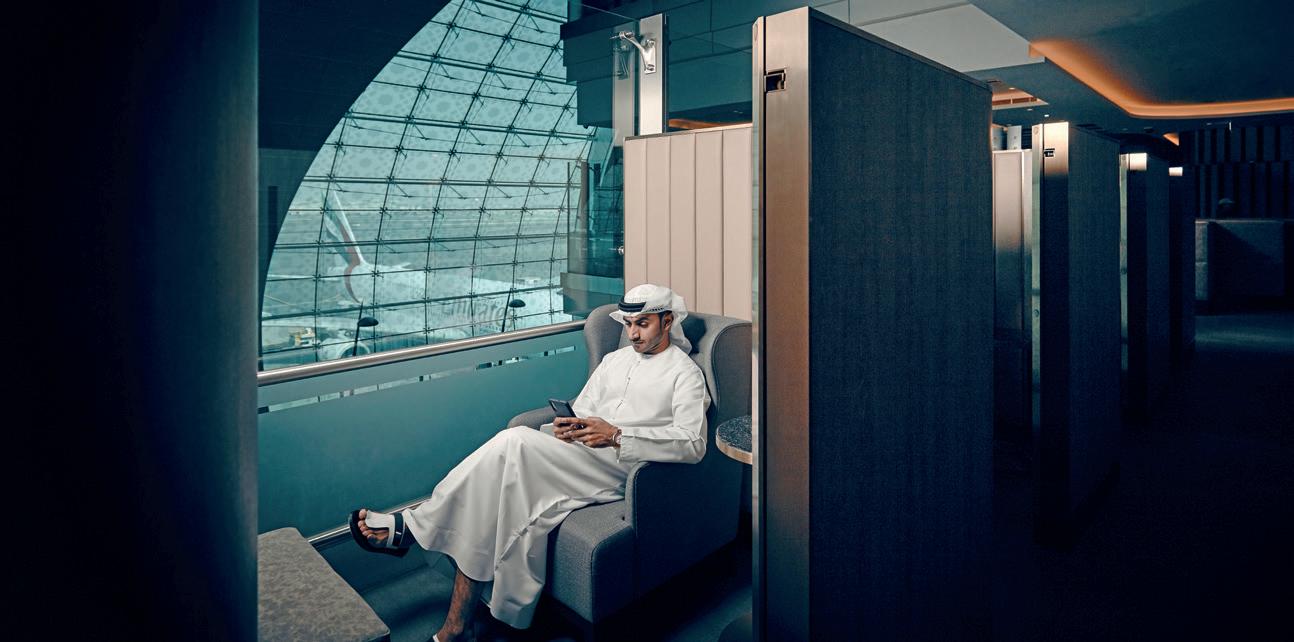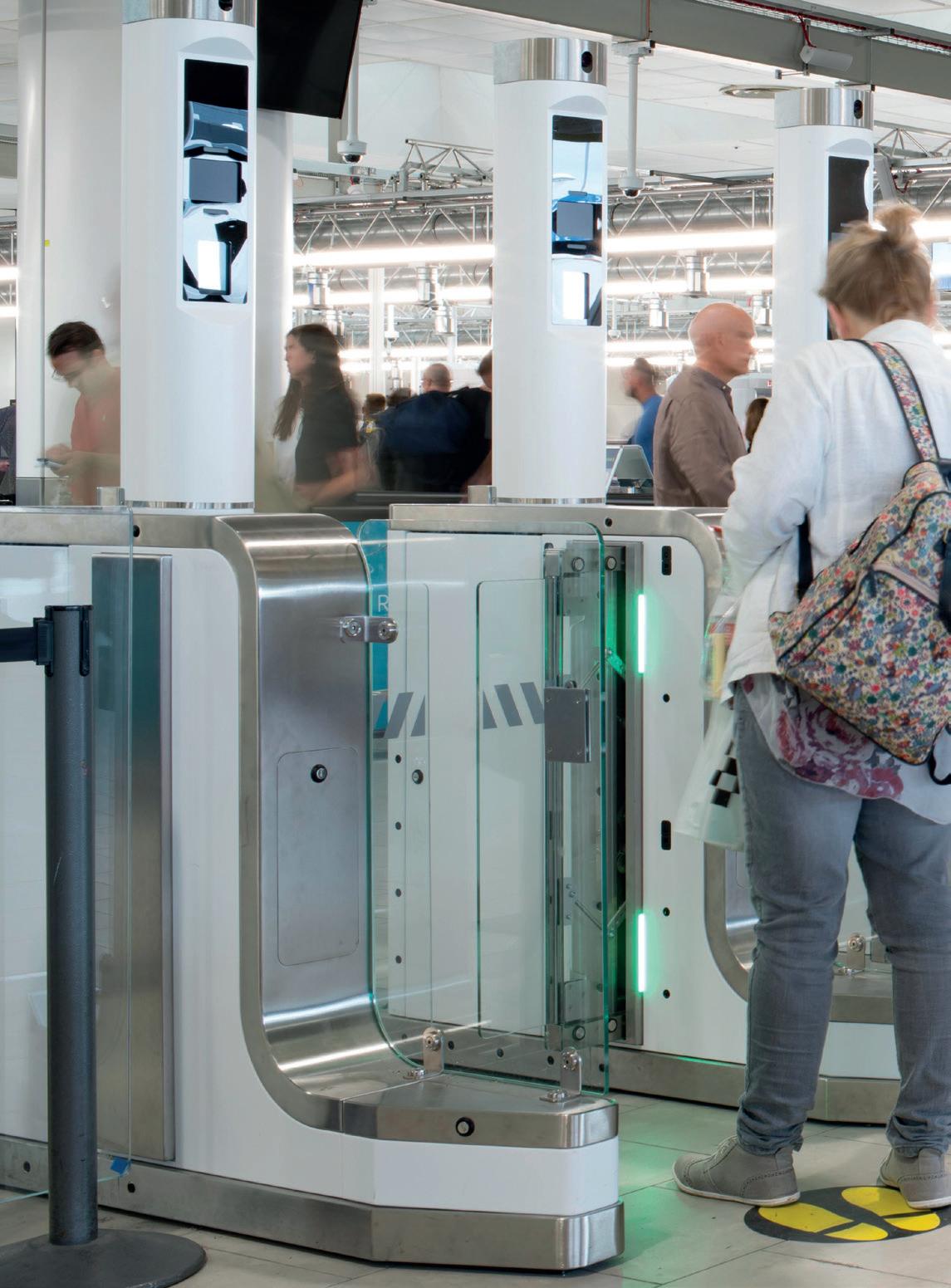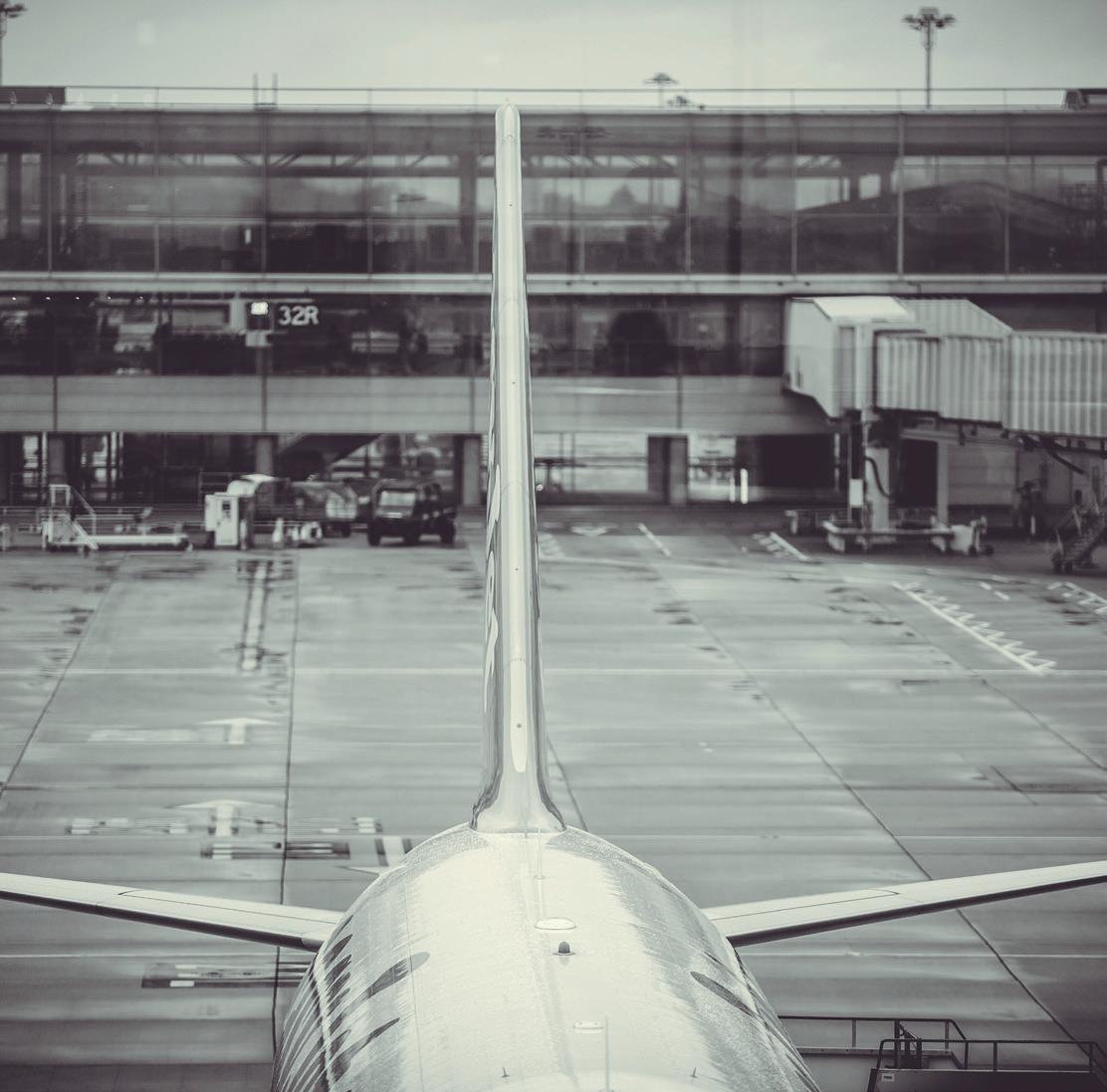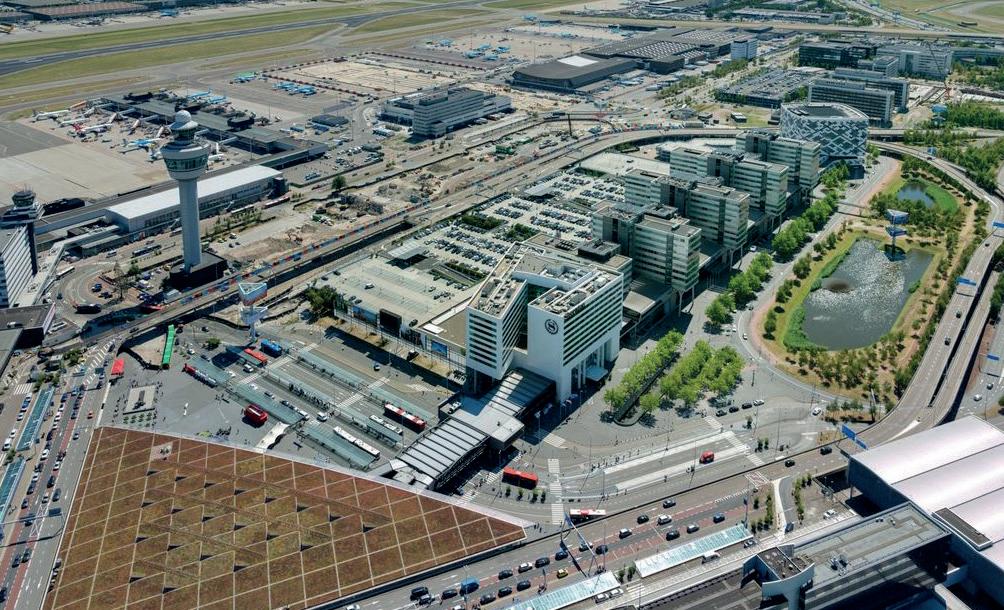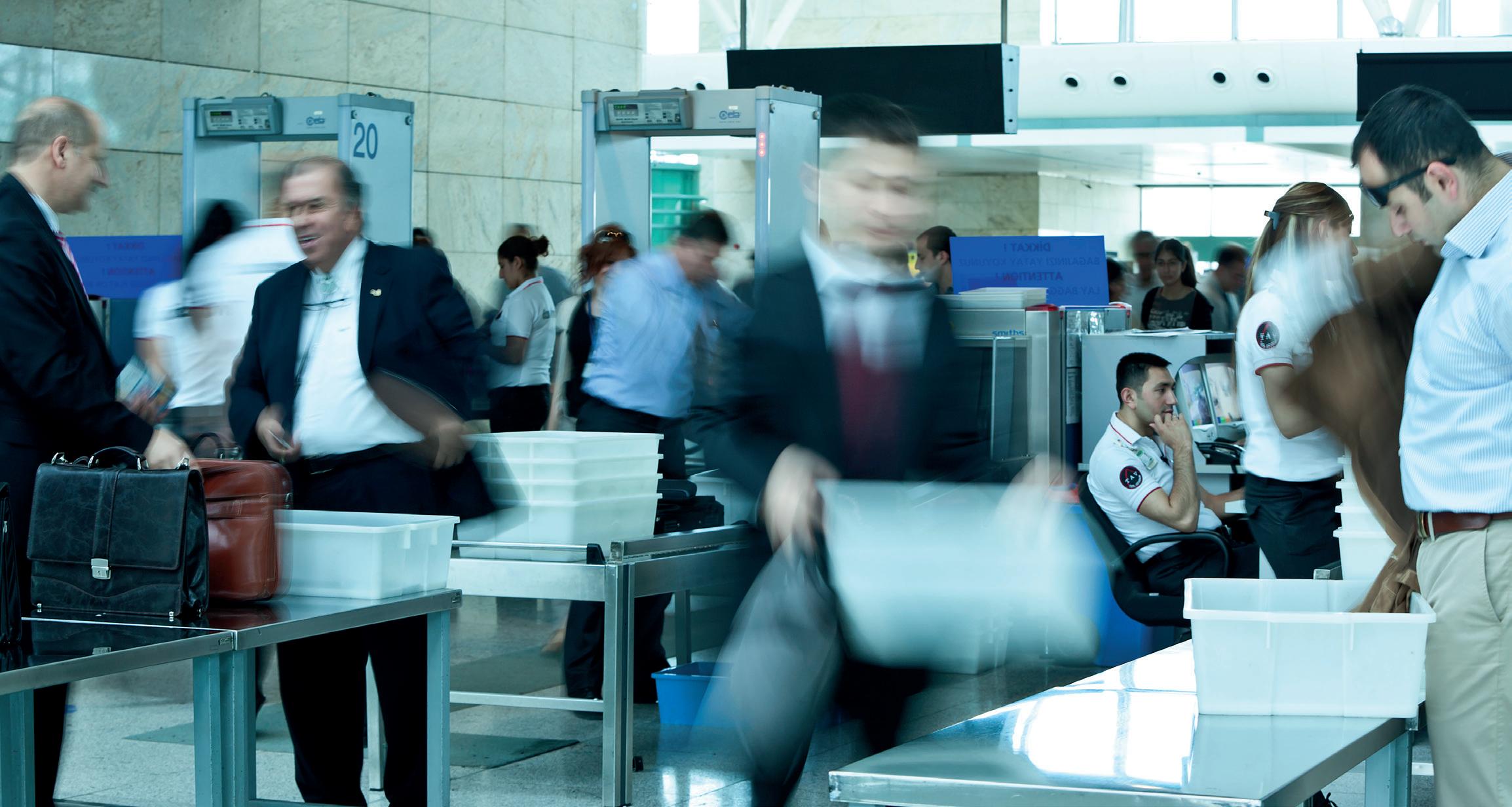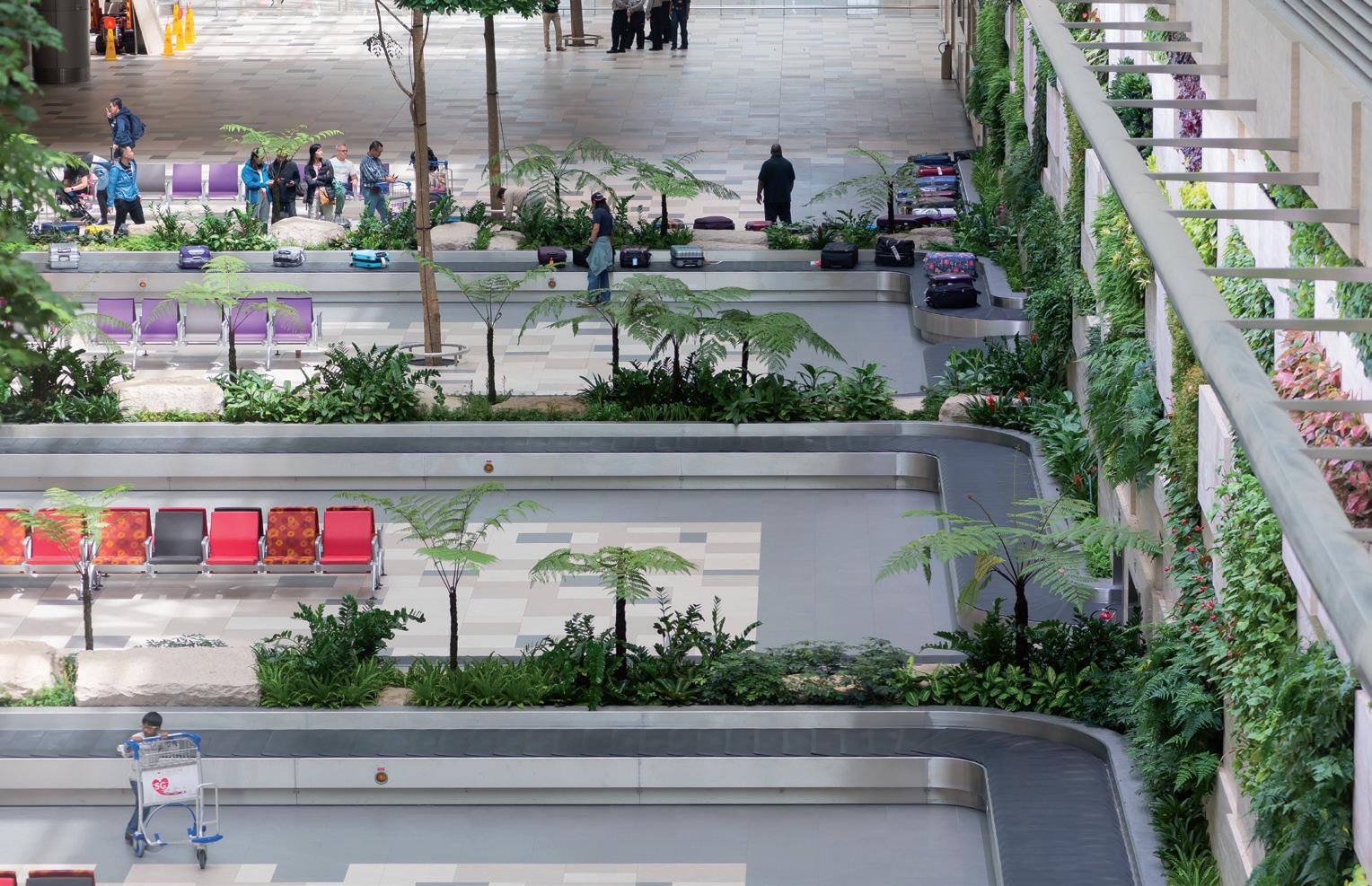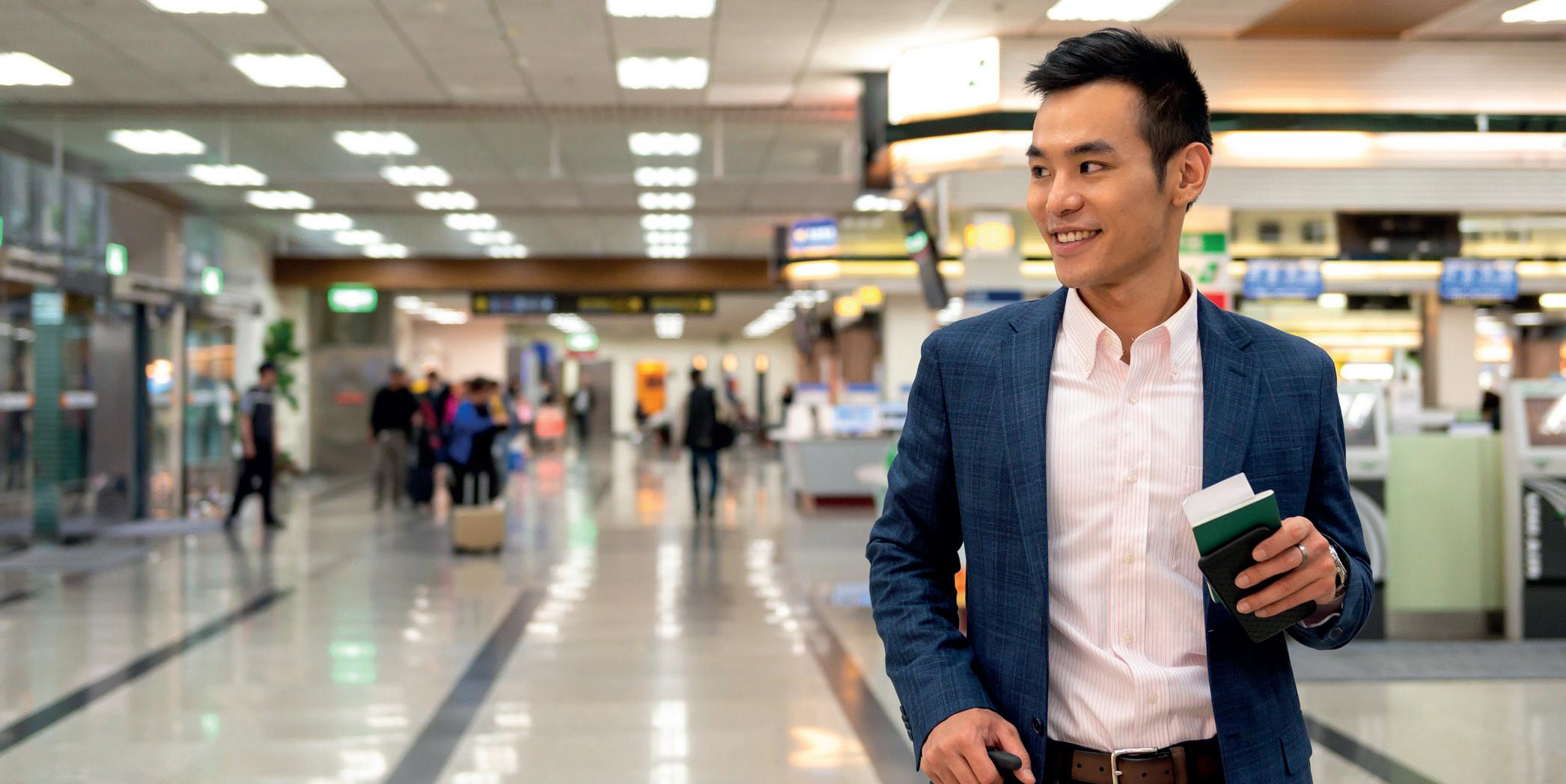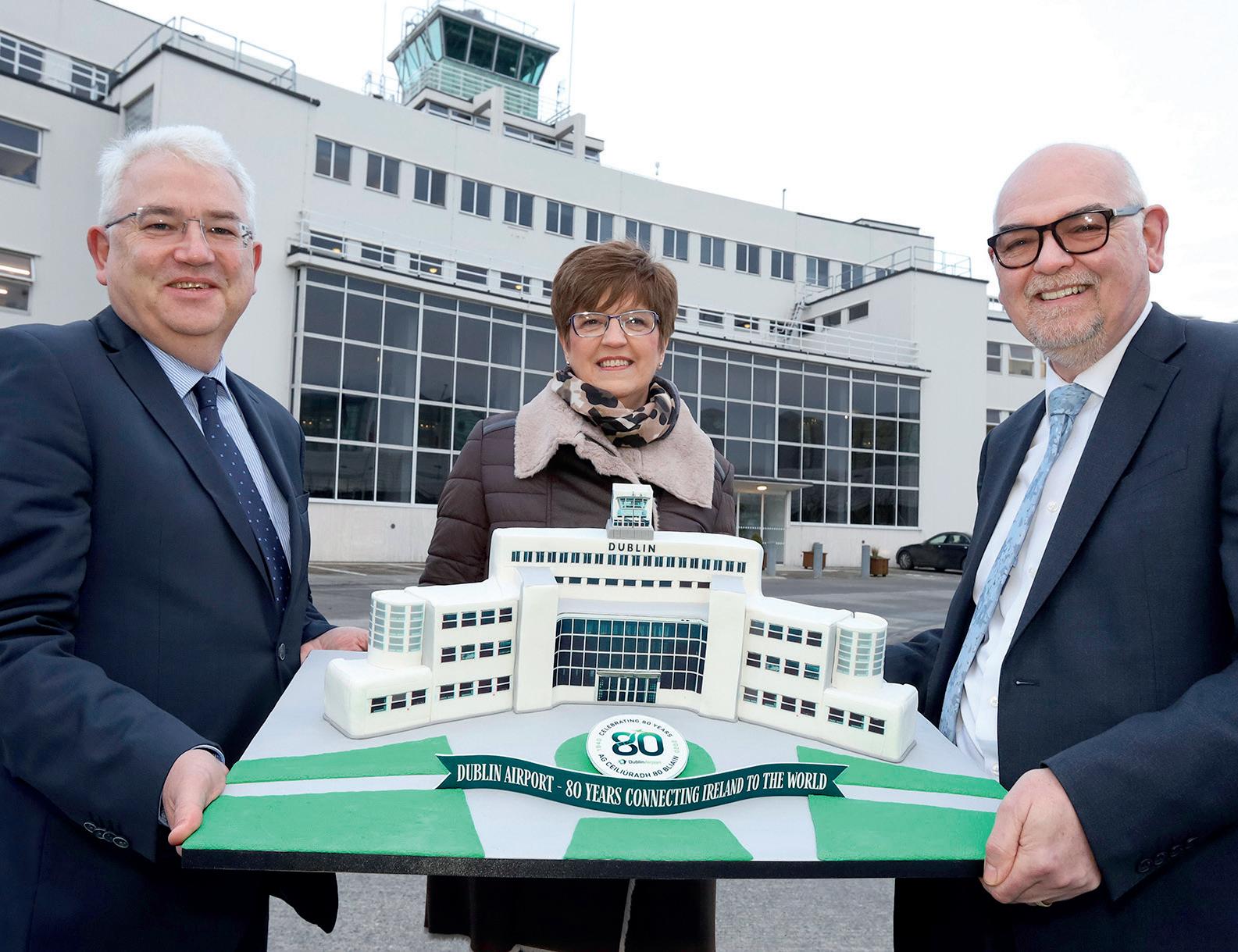SECURITY
2020 vision
Airport security screening and passenger flow expert, Cameron Mann, looks back at how security has evolved over the last 10 years and considers what the coming decade might bring for airports and passengers.
I
n a rapidly evolving threat environment, it is worth pausing at the new decade to reflect on the changes in aviation security over the past 10 years and consider how they are likely to impact on airports in the coming decade. The key drivers of change in airport security over the last decade has been an increased focus on the passenger experience and operational efficiency whilst maintaining the security outcome and managing risk. It is through these lenses that we will examine our changing industry.
Threats – enduring and emerging Sadly, airport and airline operations continue to be the frequent recipients of threats and, as recent history has shown, on occasion become the target for terror attacks involving the destruction of aircraft, infrastructure and the loss of life. Today’s threats are real, varied and persistent. Indeed, they are not likely to go away any time soon and will inevitably be joined by new, emerging threats to provide an increasingly tough challenge for aviation security over the coming decade. Security risks at airports today include the ‘insider threat’; airside and landside attacks; drones; cyber-attacks; and concealing explosives/ hazardous chemicals under clothing and in baggage and cargo consignments. Two other threats worth mentioning here are activism – the use of airport and airline infrastructure by activists to disrupt aviation operations for the purpose of providing a public focus; and mental Illness, when those with mental illnesses carry out activities which disrupt the aviation network.
22
AIRPORT WORLD/ISSUE 2, 2020
Mega-trends shaping the future Connectivity and convergence will have an impact on aviation by creating masses of data that will be analysed to improve operations. We can also expect to see a move to cloud-based systems and increased sharing of data and connectivity to support seamless journeys, all of which will need added security and secure mechanisms such as blockchain. The cognitive era will empower Artificial Intelligence (AI) for better predication and warning systems, including decision support tools in screening operations. It will also enhance the passenger experience while delivering autonomous vehicles across the airport and improving the self-service journey.
Balancing outcomes The aviation ecosystem is working to seek the right balance between: • Security effectiveness, ensuring they have regulatory compliance today and into the future; • Passenger experience, working to streamline the process and reducing queue times. This supports airports growth and profitability with increased non-aeronautical revenues; and • Operational efficiency, improving productivity, throughput and reducing operating costs. In order to achieve these outcomes, there is an increasing focus on placing the passenger at the centre of the industry’s transformation efforts, this requires airlines, airports, regulators, controlling authorities and trusted partners to work together on enhancing the passenger journey.

